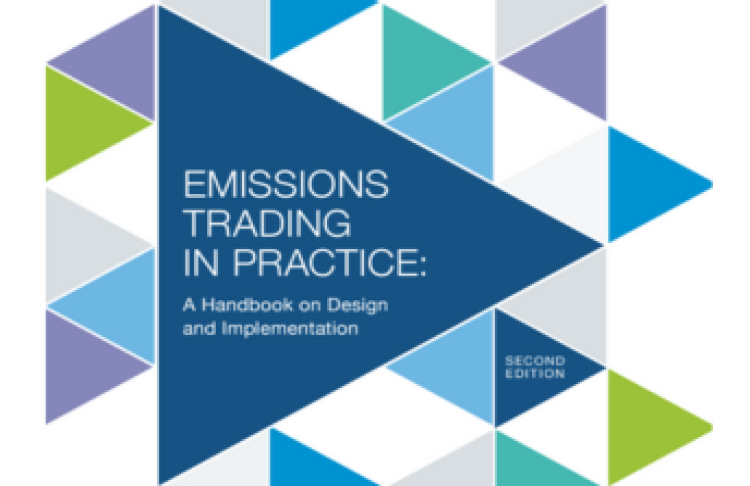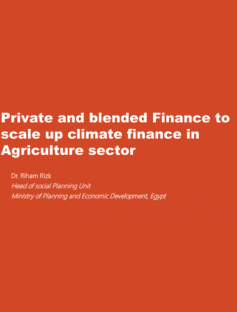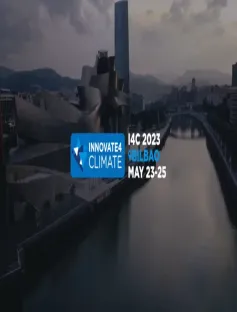In 2018, the IPCC placed a razor-sharp focus on the need to limit warming to 1.5 degrees Celsius and highlighted the importance of achieving global net zero emissions by 2050. As a result, an increasing number of jurisdictions have pledged midcentury net zero targets—currently over 50 percent of global emissions are covered by either a net zero law, proposed legislation or target fixed in policy documentation.
As net zero targets amass, jurisdictions are increasingly placing emissions trading systems (ETSs) at the heart of these policies to provide a high level of certainty on emission outcomes and foster alignment with ambitious greenhouse gas emissions targets, budgets, or trajectories. More than 42 Parties consider a role of carbon markets to meet their Nationally Determined Contributions (NDCs) and according to ICAPs latest status report there are now 24 ETSs operating, covering 16 percent of global emissions. In addition to providing an incentive for emissions reductions and low-carbon development carbon pricing present opportunities to support a resilient and sustained economic recovery from the COVID-19 crisis. This includes supporting sustainable industries and employment, promoting green investment and economic resilience, as well as providing an additional source of revenue that can be re-invested to help finance the recovery and support green economic growth.
In 2016, the World Bank’s Partnership for Market Readiness (PMR) and International Carbon Action Partnership (ICAP), jointly published “Emissions Trading in Practice: A handbook on ETS design and implementation” (the ETS Handbook). Distilling inputs from over 100 practitioners and technical experts, the ETS Handbook consolidates this wealth of experience and combines it with key conceptual insights from decades of academic literature. The handbook illuminates design choices through practical case studies that look at real world implementation choices and presents a step-by-step guide to designing and implementing an ETS. The ETS Handbook has been an essential guidance document for policymakers, and has been downloaded over 30,000 times in English, Chinese, Spanish, Turkish and Ukrainian.
Carbon markets have continued to evolve since the launch of the original ETS Handbook—learnings have been gained through jurisdictions establishing new, and reforming existing, ETSs.
Many of the ETS market developments have taken place in Asia and Latin America. Here, systems are being designed to operate in jurisdictions that are eager to reduce greenhouse gas emissions and limit local pollution, while still allowing for dynamic economic growth and development. But while political ambition has remained strong, these jurisdictions face other challenges, including more volatile GDP growth and operating ETSs in markets where the regulator maintains a strong role in price setting and investment choices, particularly in the electricity sector. To this end, ETS implementation in economies with different characteristics has provided new learnings about ETS design.
Over the same period, more established systems – the European Union, California and Québec, Regional Greenhouse Gas Initiative (RGGI), and New Zealand – have enacted major reforms to ensure their systems can continue to support the achievement of increasingly ambitious climate targets. Common elements of reforms include steeper cap trajectories aligned with 2030 climate targets; new Price or Supply Adjustment Mechanisms (PSAM) to improve system resiliency to cope with external shocks; and domestic offset policies focused on providing direct, local environmental benefits and abatement.
More established ETSs have also gained experience through cooperating across carbon markets. In 2020 Switzerland and the European Union linked their markets based on an agreement that provides a blueprint for future cooperation. Recent experiences in linking highlight the importance of understanding design options and choices across jurisdictions, particularly as global carbon markets begin to emerge under the Paris Agreement.
Both new and established systems are confronted by emerging challenges and opportunities as the world looks to halve emissions globally by 2030. With jurisdictions moving at different speeds towards net zero, there is an increasing focus on ensuring domestic efforts to decarbonize do not threaten the competitiveness of local industries. These concerns present tangible risks to ambitious jurisdictions, including the potential risk of the relocation of industrial production or investment, known as emissions leakage. Jurisdictions have reviewed and revised their approach to free allocation as a means of leakage prevention and there is renewed interest in alternative policy tools that focus on competitiveness, such as carbon border adjustments.
New approaches to broadening ETS sector coverage have also emerged. The German National ETS as well as the Transportation Climate Initiative (TCI) have both set out approaches for covering the transport and, in the case of Germany, building sectors. These systems are intended to run in parallel to existing systems.
Policymakers are increasingly faced with the challenge of designing systems that are inclusive and ensure an equitable transition. In this regard, there has been considerable practical experience in effectively communicating carbon pricing and using carbon revenues. According to the ICAP 2021 Status Report, cumulative revenue generated from ETS allowance auctions eclipsed USD 100 billion in 2020, with revenues funding climate programs, as well as supporting disadvantaged and low-income groups.
This week, the PMR and ICAP have published the second edition of the ETS Handbook. The second edition builds on the original, incorporating the important learnings and developments that have taken place over the last five years. It reflects the experience gained through new jurisdictions implementing ETSs as well as the reforms and design innovations from existing systems as they prepare for even more ambitious targets. The second edition also benefits from critical feedback gained from the practical application of the ETS Handbook by policymakers and practitioners in designing and implementing ETSs over the last five years.
The second edition of the ETS Handbook incorporates new learnings and developments by updating guidance and incorporating new and updated case studies. This includes, for example, incorporating additional content and examples specifically on highly regulated markets, identifying compatibility priorities when linking ETSs, and expanding guidance on design approaches to address emissions leakage.
Further, to best reflect recent developments, the second edition restructures the 10-step guide to place greater emphasis on:
- the role of preparation and the importance of clearly communicating objectives before commencing ETS design work;
- the importance of stakeholder engagement and capacity building;
- the rationale and risks associated with market intervention (such as adopting PSAMs); and
- aligning ETS design with climate policy goals, which is increasingly important as jurisdictions look to achieve new net-zero targets.
The second edition retains the key insights that has made it such a valuable resource, while ensuring that it reflects best practice in terms of ETS development, design and implementation.




